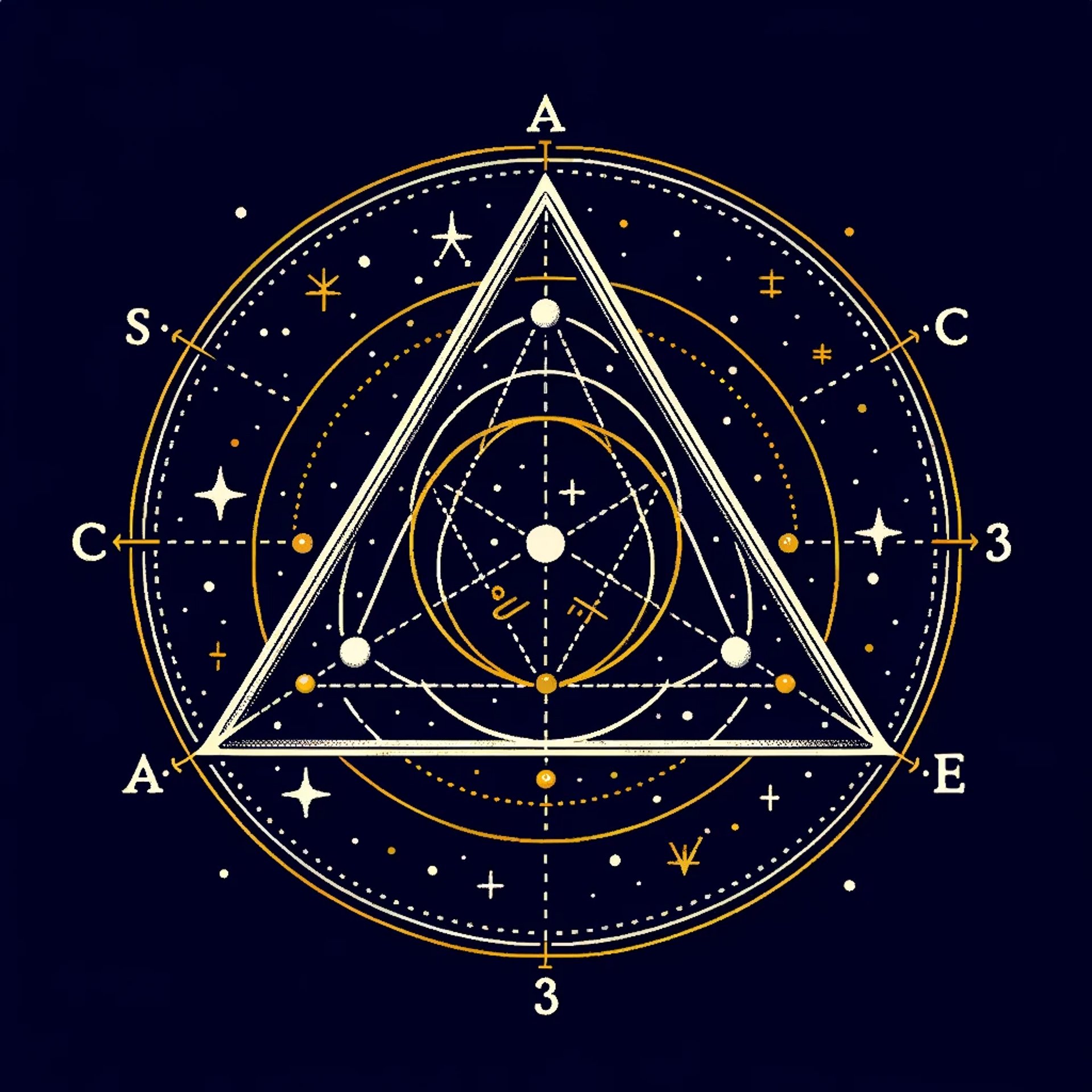
IA 1 : IBDP HL Math AA

Estimating the Cost of a Building Facade : Using Triangular Geometry
In this IBDP Math HL Internal Assessment, I explored how geometric modeling and mathematical reasoning can be applied to a real-world engineering problem: Estimating the glass cost of a building’s facade. My focus specifically was on why triangles are structurally more efficient than squares or rectangles and how their use impacts material choice and financial planning in architecture.
Using basic trigonometry and principles of construction physics, I analyzed how triangle-shaped glass panels, particularly right-angled triangles split from squares, offer greater structural integrity under load. I then created a mathematical model to estimate the total cost of covering one side of a building with triangular glass tiles of varying dimensions.
Starting with a base size of 1.25 meters (±0.32m) and using real-world price data from Indian glass suppliers, I calculated the area and cost per square meter for each tile. From this, I derived a linear equation to estimate the cost of any triangular glass panel within a realistic size range. I validated this model by comparing predicted costs to actual values and ensured the error remained below ±0.01 m² on the x-axis.
To test the model, I applied it to a sample facade measuring 23.5 meters by 57.3 meters. Using tile fitting calculations and cost estimations, I concluded that the glass portion of the facade would cost approximately ₹12,15,900 (± ₹29,160), demonstrating the model’s accuracy and practical value.
This IA helped me bridge mathematical modeling, material science & architecture and deepened my appreciation for how geometry and cost analysis intersect in engineering. It also showed how mathematics can guide more sustainable, cost-efficient design decisions, skills I hope to bring into future aerospace and structural engineering challenges some day.
xSpace.Space - Yash Xavier's Digital Space
Explore my Journey
My Personal Pursuits
© 2025. All rights reserved.
Showcase of Endeavour
Projects & Achievements
